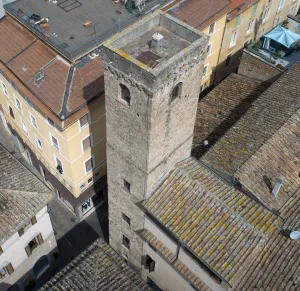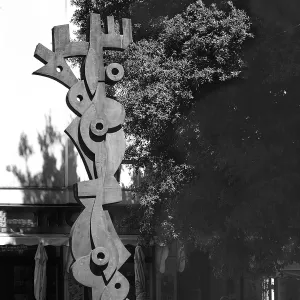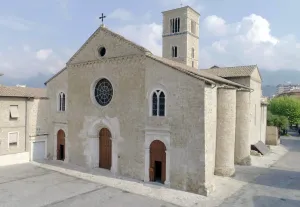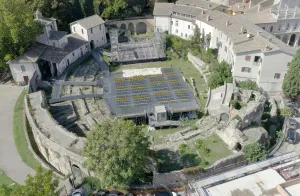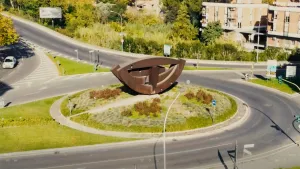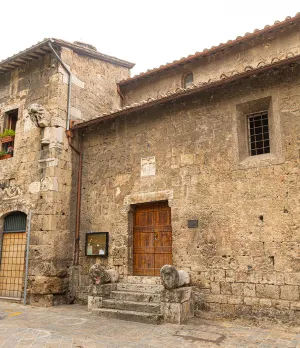Porta Sant'Angelo
There was also a hospital nearby but like the church, there is no trace of it. It can be perceived from a rule contained in the "Statum Interamnae", which stipulated that all those passing through Porta Sant’ Angelo carrying firewood had to leave a part of it to the hospital of "Santo Angelo", thus paying a sort of tax which later became an act of solidarity.
It seems somewhat strange nowadays that a gate was also built as a bridge and that an old mill can be found on the ground floor below the road. In fact, there is no corresponding stream. However, in the 16th century, all around the western walls of Terni flowed the Serra stream, whose course was later deviated and channelled into the Nera river, of which it was already a tributary.
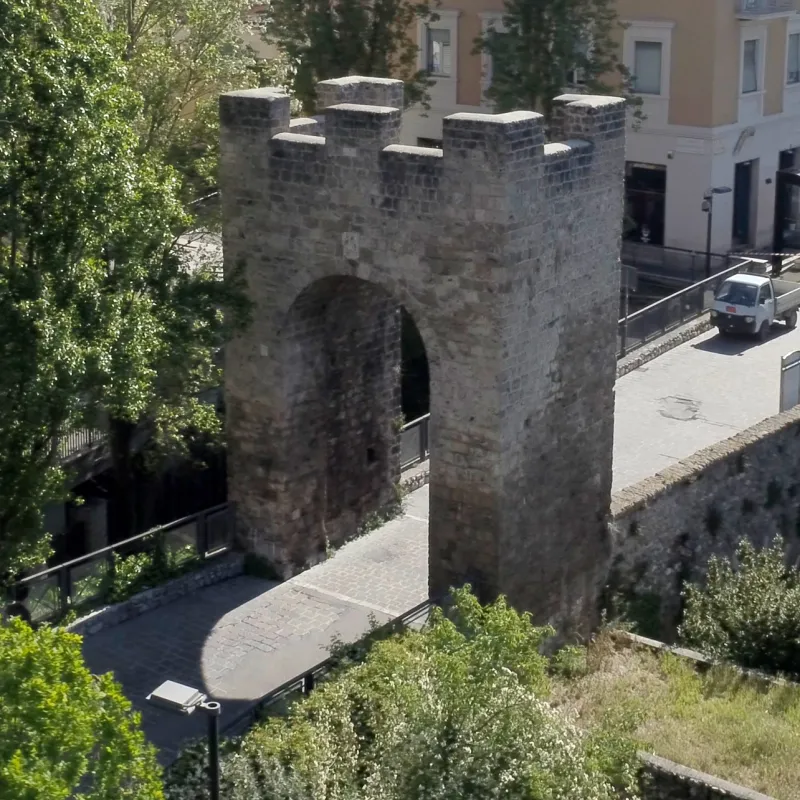
In ancient times, however, the Serra flowed into the main river downstream from the city, which was therefore enclosed by the two rivers and precisely from this orographic conformation, it got its name, Interamna. A toponym which is not easily explained for those who see Terni today but which has a precise origin. After the deviation of the stream, which today flows into the Nera to the east of the city, Porta Sant'Angelo no longer acted as a bridge and the mill remained dry.
From Porta Sant'Angelo, on leaving the built-up area, there was access to a spring that served the entire neighbourhood inside the walls and that was made up of the western part of the two districts of Rigoni and Amengoni. Walking along the road, it was possible to reach the church and convent of Madonna del Monumento, where the cemetery of Terni was later built and which, as defined by law, had to be built far from the built-up area.
After restoration work carried out towards the end of the last century, Porta Sant’ Angelo was incorporated into a new square and a botanical garden, currently in a state of abandonment, was created beneath it, also using the remains of the ancient oil mill. The castle walls which ran from Porta Sant’ Angelo to encircle the “Passeggiata” public garden, on the opposite side, were demolished in the early 20th century, except for a short section now incorporated in an underground car park.
